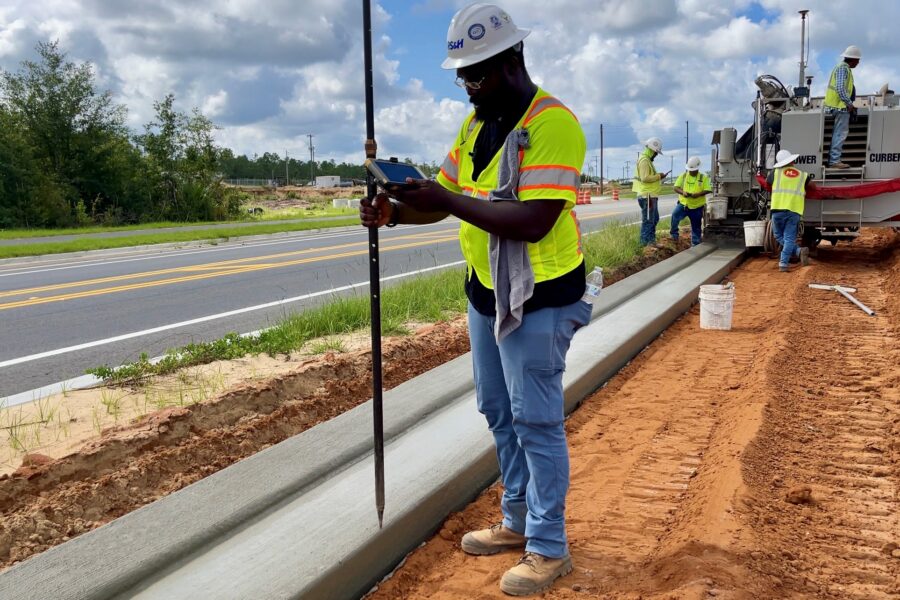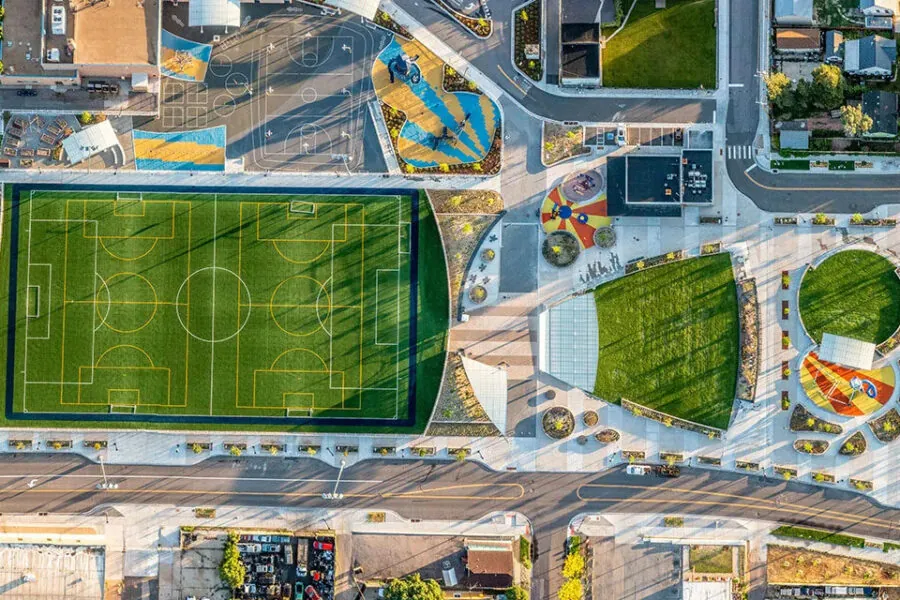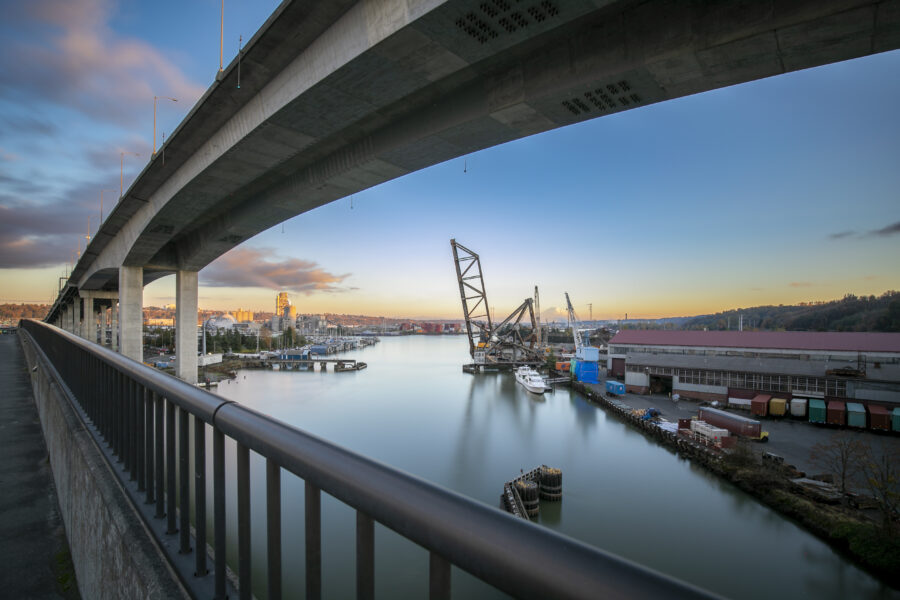Why Resilience is Important in Florida
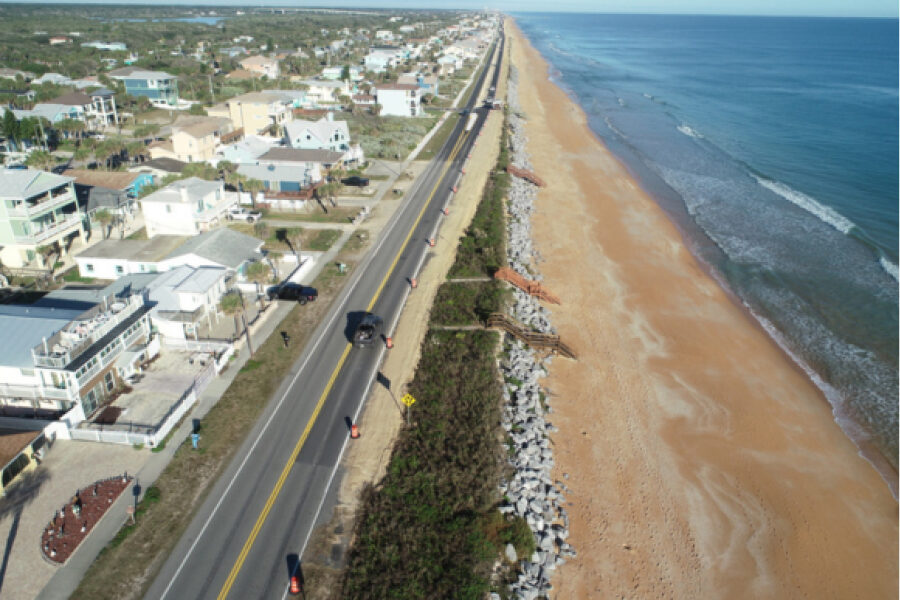
The ability to adapt quickly to changes in our environment enhances resilience.
This can be easily observed by reading any story tied to the COVID-19 response in 2020. Some organizations were better prepared than others. Some industries were completely caught off guard while others adapted quickly and responded.
Disasters – whether they be natural or manmade are nearly unavoidable. When a disaster occurs everyone seeks guidance, leadership, safety, and resilience to adjust and adapt to the situation at hand. Resilience is key to bouncing back quickly. It is integral to be proactive in preparing for and responding to these disasters.
Resilience in Florida
Floridians live in an environment that is highly exposed to changing weather conditions and natural disasters like hurricanes and floods. From June through the fall, news of developing storms in the Atlantic or Gulf are mentioned on what can feel like a weekly basis.
According to the Federal Emergency Management Agency (FEMA), an average of $11 billion per year in federal disaster recovery expenses has been incurred since 2004. In addition, the number of storms per year, along with their intensity, has steadily increased. In response, the Federal Highway Administration (FHWA) has conducted multiple pilot resilience projects since 2010 and helped develop guidance on how best to evaluate resilience measures and conduct vulnerability assessments.
But resilience is different than most other disciplines. What works in Illinois may not work in Texas, and what works in California is not likely to benefit New York.
Florida faces a unique set of challenges with its exposure to rising sea levels, heat and extreme weather conditions, making the state’s vulnerabilities both unusual and extreme.
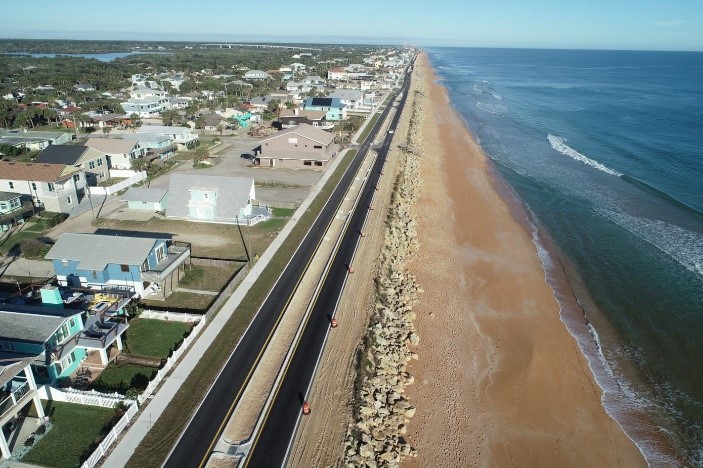
A1A in Flagler County – Once damaged by hurricane Matthew, this roadway reconstruction and slope restoration project was completed ahead of schedule and $17M under budget using innovative, sustainable and resilient design.
The Resilient Solution for Vulnerable States
The long-term solution to help Florida become more resilient is to minimize the impacts to the environment by reducing carbon pollution and investing in a clean energy economy.
This is where the concept of sustainability becomes relevant. Implementing sustainable solutions into an organization or agency’s mission through design, construction, operations, and employee and community engagement can make a long-term impact and help reinforce resiliency efforts.
Designing resilient infrastructure and communities to withstand the impacts of higher intensity storms and rising sea levels is important and has been proven to reduce disaster recovery costs. When deploying innovative techniques that merge sustainable solutions, such as green roofs or bio swales, with resilience in design – including infrastructure adaptation measures – there are long-term benefits that produce a high rate of return for communities.
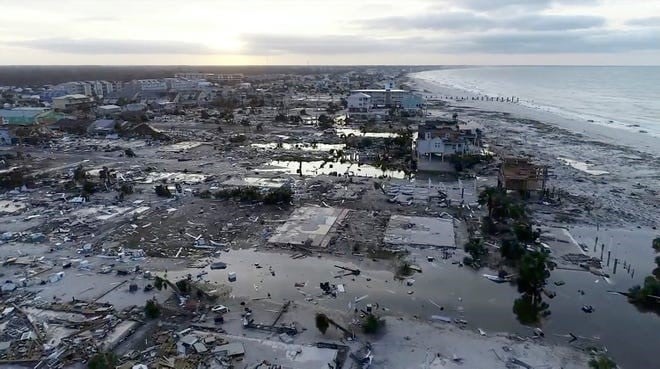
Image from USA Today. When Hurricane Michael inundated Florida’s Panhandle, the Tyndall AFB was ravaged by a 17-19ft storm surge. The Base infrastructure sustained nearly $5B in damage. RS&H was charged with developing a large area stormwater system upgrade design build package including criteria that that looked to resiliency features and requirements through the next century. RS&H assisted in this Air Force endeavor to build the “base of the future.”
The first step in finding resilient solutions is to identify areas that are most susceptible to the impacts of climate change. After identifying those areas, prudent planning can be implemented, and the most vulnerable facilities can be identified.
RS&H can assist agencies in evaluating long-term adaptation plans and designing infrastructure that can better handle extreme conditions and recover quickly when disaster strikes. Public infrastructure can and should be built to minimize flood damage, sustain or restore wetlands and floodplains — these naturally protect against floods — and protect Florida’s treasured coastlines and beaches.
Communities need to be enhanced using sustainable practices that mitigate extreme heat. Some of those strategies include designing with more tree cover and alternative building materials. By implementing new and innovative strategies, coastal communities can be better protected from storm surge, hurricane-force winds and rising sea levels. Public utilities can also be updated to minimize power outages and disruptions in communication.
The National Institute for Building Sciences has conducted numerous studies on resiliency that confirms that for every $1 spent on hazard mitigation, $6 is saved on future disaster-related costs. For example, it is more costly for a building or bridge that is in service to be damaged and require replacement versus retrofitting the facility in advance of a disaster. If heavily damaged, temporary facilities may be required, traffic must be rerouted and, in many cases, the existing foundations and site reconstructed. These impacts can easily triple the cost of infrastructure replacement, but the economic cost of the facility being inoperable due to damage, can be much greater.
Make Your State Resilient Now
Resiliency in basic infrastructure is not only essential; it also saves lives, builds public confidence and strengthens the residents’ sense of security and community. Building resilience into projects protects the investment public agencies are making and improves life-cycle costs. It can also reduce long-term maintenance costs.
Resilience requires innovative thinking, solid design engineering, and applied risk management to determine the answers to the “what if” questions. Resilience professionals must use creativity and solid design practices to provide solutions, even if they prove to be challenging.
However, public agency representatives and engineering consultants who decide to tackle this innovation will be providing the highest level of value to their organizations and clients.
RS&H offers resilience services for all clients. Learn how you can keep your organization resilient and prepare for the next disaster.


